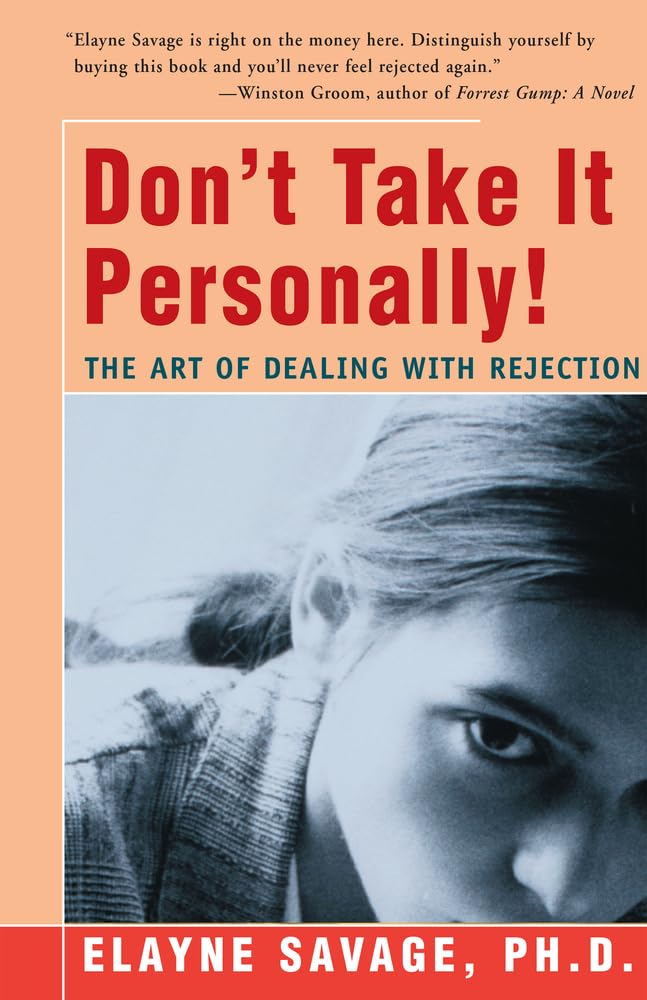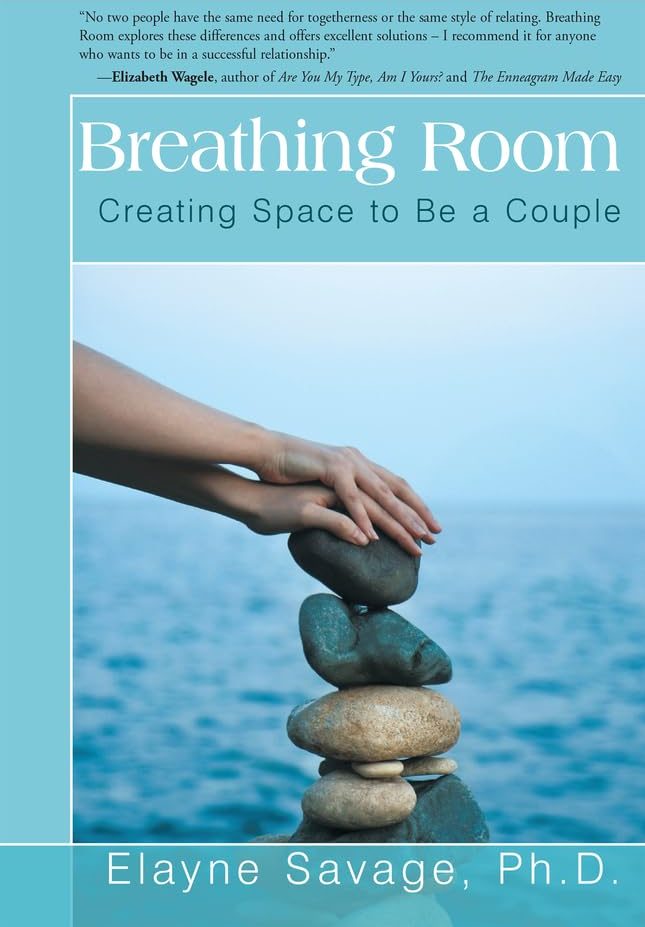TIPS FROM THE QUEEN OF REJECTION®
Elayne Savage, PhD
September, 2009
Thoughts on Spanking Children – It's Not Neat to Beat
By Elayne Savage, PhD
Spankings hit the news again. Each time a news story appears, I seem to get more passionate about the subject – both professionally and personally. This recent research shows that spankings and other forms of corporal punishment can cause damage to intelligence.
In one study Dr. Murray Strauss of The University of Hampshire and Dr. Mallie J. Paschall of the Pacific Institute for Research and Evaluation conducted 4 year longitudinal studies on 1510 young children.
Dr. Strauss has studied the effects of corporal punishment for 50 years. By the way, his ideas were a major influence on my doctoral dissertation research twenty years ago on the rejection aspects of abuse.
Dr. Strauss talks about a common misconception: “We hear that it’s OK to hit younger children because they won’t remember it . . . This evidence says it’s worse for children between two to six, that the younger child is the most vulnerable.” And his studies on the IQ of abused children seems to bear this out.
A few years ago another research study hit the news. It was reported that ‘mild’ spanking was not especially dangerous to children. The researchers define it as "striking with an open hand on the buttocks, hands and legs without inflicting physical injury."
Many folks get confused by the difference between 'Discipline' and 'Punishment.' Disciplining doesn't have to mean physical punishment. When do 'spankings' become 'whippings' become 'beatings'? I question the conclusion of that study – that mild childhood spankings don't appear to create lasting harm into adolescence.
The Long-term effects
Consider looking at spanking as causing long term effects no matter how ‘mild’ it might be. And the effects are more far-reaching than lower IQ scores.
For many years I worked Child Protective Services and Long-term Placement in San Francisco. Sadly, many of the adolescents I supervised in placement were the very same kids I saw removed from their homes ten or fifteen years before. Often this was because spankings got so out of control that was no longer safe for them to remain in that environment. And the same look of apprehension, uneasiness, fear, and anxiety that I saw when they were little was still etched on their adolescent faces.
Physical abuse is defined as any act resulting in a non-accidental trauma or physical injury. But physical injuries don't have to be broken skin or broken bones. It doesn't take much to leave red marks, welts, or bruises on a small child.
Emotional Welts and Bruises
What about the emotional welts and bruises?
Physical bruises usually heal; emotional bruises frequently do not. It’s not the spanking alone that causes long-term damage. It's more complicated than that.
The accompanying emotional messages of rejection and betrayal travel with the child into adulthood. It affects their world view forever. These experiences determine how they view the safety of their world and the people in it.
All these years later adult clients I see in therapy recall feeling terrified at 'that look' in their parents' eyes. Intense anger or rage on the adult's face can be terrorizing for some children especially if there is an out-of-control quality to it. They live on the edge, waiting for the whipping to come again.
Fear and anxiety are their constant companions. It is not a matter of IF it would come, but WHEN it would come. They are always holding their breath, waiting for the next blow to fall, trying to protect themselves from physical or emotional pain.
When children live with this ever-present anxiety, it becomes a part of their identity. It follows them into adult relationships, affecting future dealings with coworkers, friends, and lovers.
About 20 years ago I served on a national Task Force on Psychological Maltreatment. We carved out definitions of psychological maltreatment and it's long-term effects.
Psychological maltreatment is embedded in all forms of child abuse. It conveys the message that the child is worthless, flawed, unloved, or endangered.
Children feel disregarded and unprotected. Can you see how rejection is the common thread that runs throughout these perceptions?
When children look to someone for love and protection and that person hurts and betrays them, how can there not be long-term emotional damage?
Trust is Fragile
Trust is so fragile, and some children are more sensitive to messages of rejection than others. When children feel disrespected by their parents in this way, how can they learn respect for others? They may ask themselves, "How can someone who is supposed to love me, hurt me like this?" What happens down the road when they're taught through example that it's okay to hit someone? Messages like this are so confusing. When they become adults some will gravitate toward abusive relationships. Some will shun closeness for fear of being hurt again. And others will become abusive themselves.
A View from the Landing
As you may have guessed, spankings were a part of my childhood. My mom would warn, "Just wait until your father gets home." And my brother and I waited. Terrified of what would follow when we went with him down to the basement.
Often it started with an open hand, but if he thought my brother or I wasn't getting the "message" the next step was the telephone cord. He'd strip away the black sheathing, exposing the brightly colored individual wires. I remember some of them still had metal pieces attached to the ends.
But what really hurt the most, was that I sensed my mother standing on the basement landing, listening to our cries
A Scrapbook of Memories
Once a client brought in a 1950's wooden scrapbook her father had made to display her childhood poems. He painstakingly used a jigsaw, cutting her name into a piece of wood and gluing it onto the wooden cover. It was a loving gesture.
I found myself staring at the colorful lacing holding the two pieces of wood together, There was something eerily familiar about it. At first I couldn't place it. I was stunned when I recognized what it was. The brightly colored cord her dad used to fasten it together was telephone wire.
I couldn't stop my tears.
In Praise of Praise
Consider the idea of ‘praise not punishment.‘ We know from many studies over the last 30 or 40 years that the best way to encourage a desired behavior is to offer praise or a reward when it occurs. The best way to extinguish an undesirable behavior is to ignore it.
Here are some tips on praising behavior from Alan Kazdin, director of the Yale Parenting Center and Child Conduct Clinic:
1. Superenthusiastic
2. Specific to the desired behavior
3. Reinforced with a smile or a touch
4. Frequent
5. And immediately following the desired behavior
http://health.usnews.com/blogs/on-parenting/2008/02/04/praise-a-child-right-and-youll-get-results.html
I’d love to hear your thoughts and stories about the long term effects of spankings for ideas about praise not punishment.
© Elayne Savage, PhD
Until next month,
Elayne
Elayne Savage is the author of books published in 9 languages.
You can order books and CDs directly from my website now.
http://www.QueenofRejection.com/publications.htm
To order DON'T TAKE IT PERSONALLY! THE ART OF DEALING
WITH REJECTION from Amazon:
http://tinyurl.com/5cg598
To order BREATHING ROOM — CREATING SPACE TO BE
A COUPLE from Amazon:
http://tinyurl.com/2e3objs
REPRINTING THESE e-LETTERS
You can use the articles in 'Tips from The Queen of Rejection'®
as long as you include a complete attribution and, whenever
possible, a live link to my website. Please notify me where and
when the material will appear.
The attribution should include this information:
Elayne Savage, PhD is a communication coach, professional
speaker, practicing psychotherapist and author. To find out
more about her speaking programs, coaching and services visit
http://www.QueenofRejection.com
or call 510-540-6230
AND if you or your group can benefit from how not to take
rejection so personally, let's talk about tailoring one of my
speaking programs for you.
Contacting Elayne
I welcome your feedback as well as suggestions for topics you'd
like to see addressed in this e-letter.
Here's how you can reach me:
Elayne Savage
elayne@QueenofRejection.com
510-540-6230
PRIVACY POLICY: Your name and email address are confidential.
I will not rent, trade or sell your contact information to anyone.


Leave a Reply to Elayne Savage Cancel reply